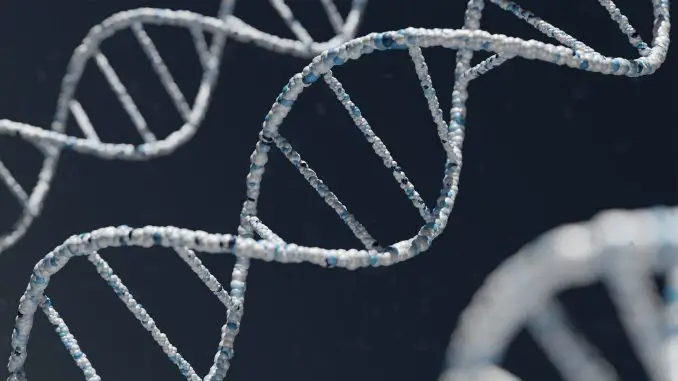
Scientists can know the DNA composition in microorganisms through a procedure known as genomic sequencing. It is becoming more popular for disease diagnosis and treatment in healthcare. The methods help identify changes in variants or 8f 5gere mutations that may cause certain disorders. In most cases, a standard dòctor cannot interpret the results from DNA sequencing and will require a specialist’s help. These are the most common types of sequencing in the medical field;
Sanger Sequencing
Sanger sequencing method focuses on a small part of the DNA structure, making it suitable for analyzing complex genes where the DNA is repetitive or has other secondary parts. However, the procedure isnt ideal for large projects as it has a lower throughput, and there are other options for sequencing an entire strand. With the option, scientists must break it down into different parts or disintegrate the strands. Sanger sequencing is the most sensible option when the objective targets a specific area of a person’s genetic composition. The procedures will simplify the process while reducing the time and costs of achieving the goals.
Next Generation Sequencing
The choice of sequencing procedures largely depends on the type of genetic composition you are targeting. Although the Sanger method is suitable for small parts of a person’s DNA, the subsequent generation sequencing analyses a more significant portion than the option. It is ideal for analyzing gene panels in a focused area of the body. If you’re looking for an entire genome sequencing, the next generation approach is the best way to go about it. It offers a better throughput and completes the process faster than the alternative. Still, it is less costly and time-consuming when analyzing a more significant portion than what the Sanger technique offers.
There are several applications of next generation sequencing in research and medicine. The procedure uses advanced technology and more tools than Sanger sequencing, making them more costly. Through automation, laboratories can complete the process within a few hours, improving service delivery and healthcare quality.
Long Read Sequencing
Sometimes, it requires a broader analysis of genomes to get a holistic picture of their composition or to determine mutations attached to a person’s DNA. The long read sequencing procedure is used in evaluating longer strands than what Sanger and next generation approaches can. In such cases, the alternative options cannot clearly depict a person’s DNA variants. The challenge is that long read sequencing has a higher error margiñ than the other procedures. However, there are efforts to improve accuracy by using advanced technology.
Scientists can get more data about an individual’s genetics using the long read sequencing approach. It offers a comprehensive outlook for diagnosing medical conditions and picking a fitting treatment for patients.
On the other hand, in certain situations, medical geneticists may require more than one method in DNA sequencing, including the long read sequencing approach with either the Sanger or next generation method.
Lastly, the type of sequencing method to choose depends on your objectives. You can consider the accuracy, throughput, time, and cost to decide the approach.
Leave a Reply